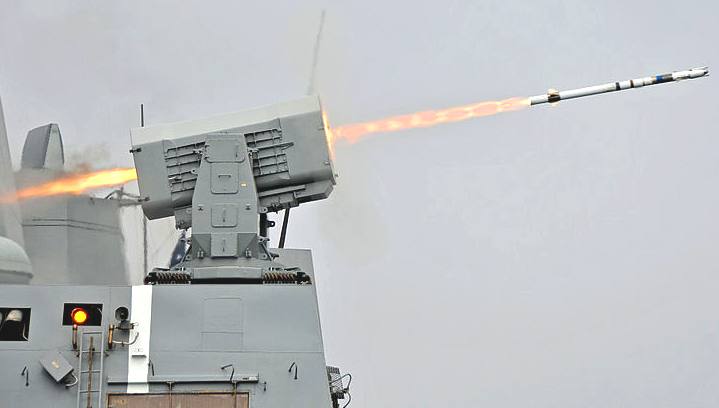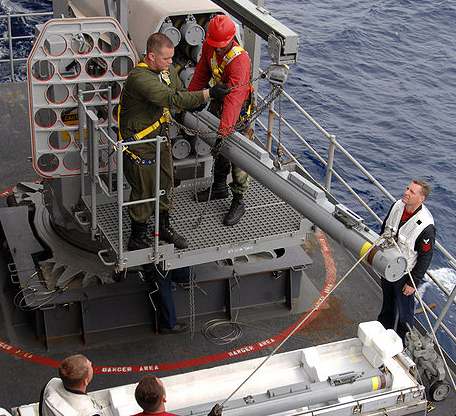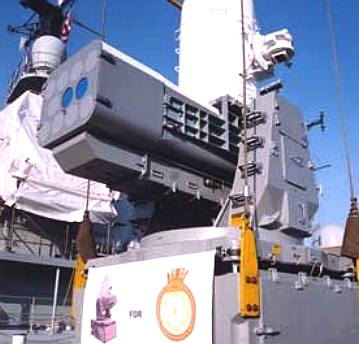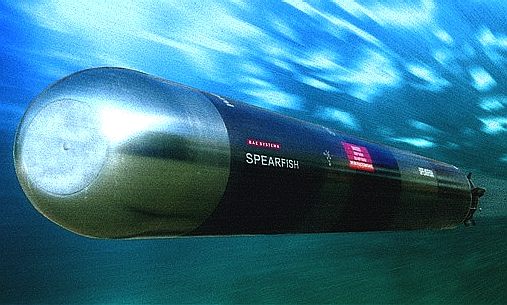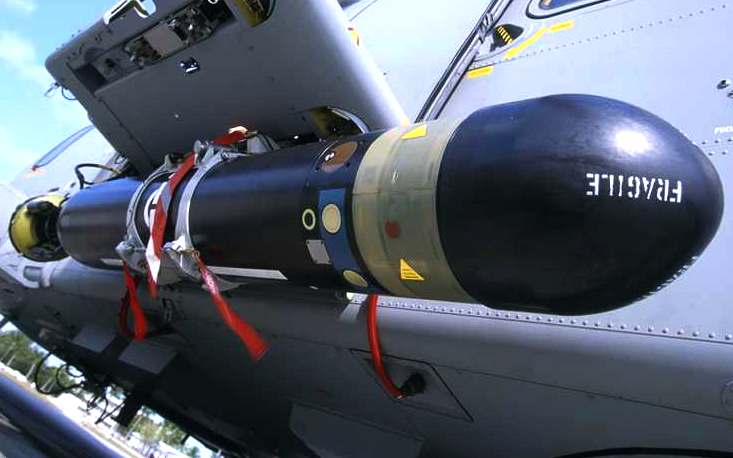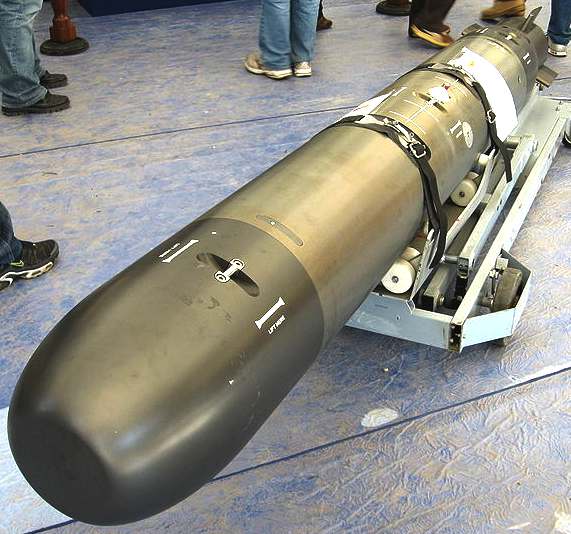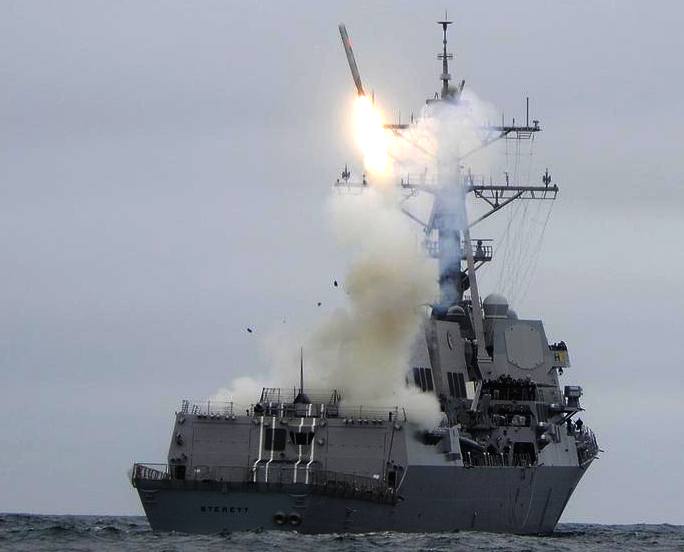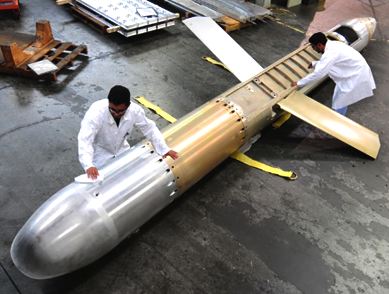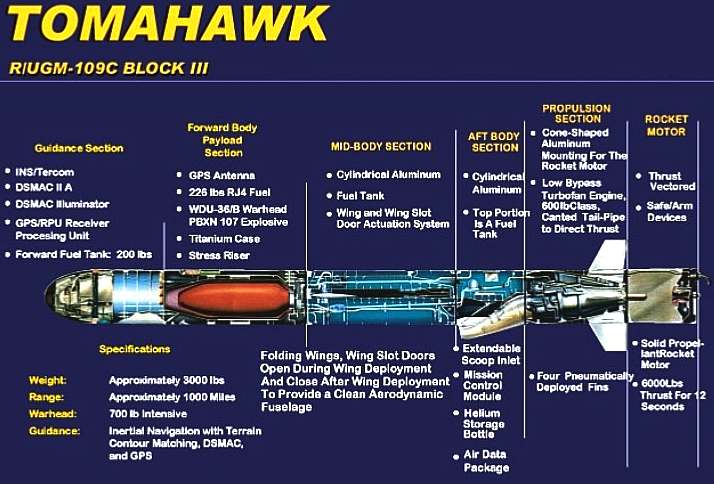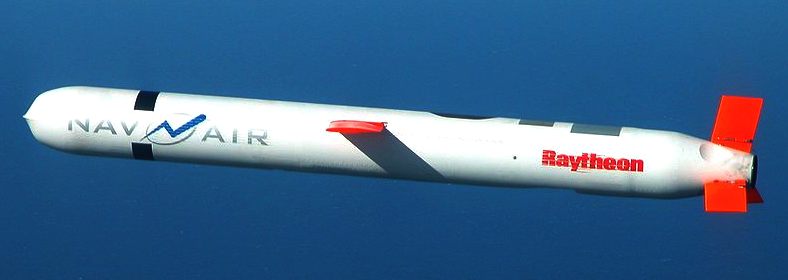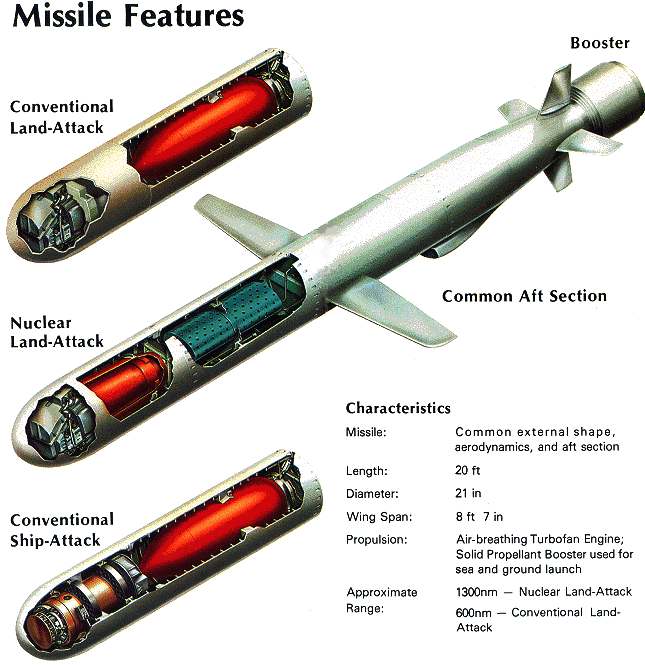|
WOLVERINE ZCC - ROBOTIC BATTLESHIP
|
||||||||||||||||
|
The Wolverine ZCC battleship is a modified Bluefish ZCC ™ platform armed with 2 or 4 torpedo launch bays and 30 surface to air missiles (SAMs) included in the design to convert the non polluting vessel to an economical semi-robotic warship. Wolverine ZCC can also carry a minisub, ROV or other equipment that might need to be launched and recovered. The arsenal of weapons is formidable for such a compact design, designed to explore the futility of war and tremendous waste of taxpayer's money on weapons, where climate change and food security are more pressing problems, than whose navy has the biggest male member.
A Wolverine ZCC is necessarily considerably larger than a standard Bluefish ZCC vessel - about 60%. It is also interesting that the cost of the weaponry significantly exceeds the cost of the base vessel, or mothership @ $15 million to $24 million, for a total of $39 million for an all singing and dancing ZCC. That can reduce to $31 million for a twin torpedo and 20 SAM missile ZCC. This is largely academic as weapon prices keep rising, as do build costs, but at least the reader gets some idea of the cost savings of going over to drone destroyers.
The onboard SAM missiles protect the craft from air launched or close-by land based attacks, or to neutralize UAVs such as the MQ9 Reaper. The torpedoes are to sink submarines specifically, but may also be directed to high value surface ships, such as aircraft carriers - without risking human lives during an engagement. Other devices are included to neutralize pirates who might be foolish enough to chance their arm before realizing what they are taking on, etc.
The ZCC autonomous ability gives naval operators the advantage that once the system is in place, it costs very little to maintain. Shore based monitors may switch to drone mode, should that become an advantage.
SPECIFIC MILITARY ADVANTAGES:
SEAWOLF NETWORKED PERSISTENT OCEAN MONITORING (SEANET)
INNOVATION - Nuclear submarines are considered by many superpowers to be a covert delivery system and thus immune to detection. Hence, an insurance policy against first strike. That was so until the concept of the Seawolf autonomous delivery system for the Predator hunter-killers (or similar weapons, including conventional torpedoes). Predator mini-subs are capable of taking out any submarine covertly. A pack (grid) could neutralize a fleet of submarines simultaneously. Once the wolf-pack acquires a target, it passes that information between a network of autonomous ships, each one having the capacity to launch a Predator (or similar weapon), to sink any nuclear submarine while submerged. Once a target is acquired, it is passed between the network and continuously tracked until countermeasures, or first strike may be deemed an appropriate response. The hunter becomes the hunted. A study of a global deployment strategy that will work is long overdue.
THE EDGE - The patent ZCC hullform can be purpose designed to incorporate weapons that give the operating navy an edge, with the ability to upgrade cheaply. Peacekeeping in the 21st century is all about cost and pollution control.
1. ZCCs do not pollute the oceans; 2. Autonomous ZCCs do not require crews or provisioning; 3. The Wolverine™ modular construction allows cost effective upgrades on a rotation basis;
Should a Seawolf patrol ship be fired upon, the system immediately retaliates to neutralize sea or airborne threats. The network, or pack principle works to warn other craft in the network such as to bring their weaponry to bear on a hostile force.
The proposed Predator minisub may be used in the Wolverine ZCC in addition to 21" and 12.75" torpedoes. The active hull auto compensates for displacement loss after firing a torpedo - without drag penalty. This is the only vessel in the world (at this time) that has a design capable of such efficiency.
PROS & CONS
SAM MISSILES
The RIM-116 Rolling Airframe Missile (RAM) is a small, lightweight, infrared homing surface-to-air missile
that is ideal for incorporation on a Wolverine ZCC™ warship. The RIM 116 was originally
used as a point-defense weapon against anti-ship cruise missiles. The missile is so-named because it rolls around its longitudinal axis to stabilize its flight path, much like a bullet fired from a rifled barrel. It is the only
NATO approved missile to operate in this manner.
A selection of suitable 21" and 12.5" torpedoes. The active hull auto compensates for displacement variables after firing a torpedo - without drag penalty. This is the only vessel in the world (at this time) that has such a feature. We are looking forward to test firing model torpedoes at 1/20th scale, as part of a wargaming based series of trials.
TORPEDOES
A Wolverine ZCC can be adapted to house two Gould-Honeywell MK48 Mod 7, or the BAE Spearfish 21" torpedoes and two more lighter weight torpedoes, such as the EuroTorp MU90/Impact or Stingray 12.75" torpedoes - to give 4 fish in total - which in comparison to the displacement of the mothership, offers significant firepower delivery on a cost for cost basis - far ahead of any other naval delivery system.
UPPING THE STAKES
We have shown how to reduce the cost of naval operations by replacing conventional aircraft carriers and submarines with robot warships. The next logical upgrade will be to include cruise missile launch capability in an adapted Wolverine ZCC™ warship. This addition will compliment surface to air missiles and torpedoes with intermediate range nuclear weapons, some of which, such as the RK-55s have a phenomenal range and payload.
Development of the system will be by improvements to existing (off the shelf) weapon formats, to make them smarter. Each Wolverine ZCC (WZCC) will work with its neighboring WZCCs to protect each other. Attack one WZZC and you take them all on, like a swarm of angry hornets. One hornet maybe, but if ten hornets all attack from different angles, you are going to get stung. Likewise, the new Gerald R Ford aircraft carrier might survive an attack by a lone WZCC, but will stand no chance from an attack by a swarm of WZCCs.
CRUISE MISSILES ECONOMICS
The price tag of a Tomahawk tactical cruise missile is in the region of $1.45m. Two-hundred and twenty-two of these, to equip a basic Seawolf network, will add $322 million to the budget. But in reality four units per warship is more realistic, so the figure us nearer $1.28 billion. Doubtless bulk buying will bring this down by negotiation - and of course there are other suitable missiles on the market, or soon coming onto the market which are bound to be more competitive. Other missiles that are suitable Tomahawk substitutes are:
RK-55 (Russia) Nirbay (India) DH-10 (China) Babur (Pakistan)
The US and Russia are prevented from using intermediate nuclear weapons at this time by virtue of a mutual agreement. Thus the United States and Russian Federation are prevented from including (for example) Tomahawk cruise missiles in any Wolverine ZCC class battleship.
TOMAHAWK CRUISE MISSILES
The
Tomahawk missile family consists of a number of subsonic long range,
all-weather, jet engine-powered missiles designed to attack a variety of surface
targets. Although a number of launch platforms have been deployed or envisaged,
only sea (both surface ship and submarine) launched variants are currently in
service. Tomahawk has a modular design, allowing a wide variety of warhead,
guidance, and range capabilities, including nuclear W80 warheads. They weigh
1300-1600 kg depending on boosters.
REPLACEMENT
RK-55 or SAMPSON SS-N-21
The
Novator RK-55 Granat (Russian: РК-55
Гранат 'Garnet'; NATO:SSC-X-4 'Slingshot';
GRAU:3K10) was a Soviet land-based cruise missile with a nuclear warhead. It was
about to enter service in 1987 when such weapons were banned under the
Intermediate-Range Nuclear Forces Treaty. A version launched from submarine
torpedo tubes, the S-10 Granat (SS-N-21 'Sampson';GRAU:3M10), has apparently
been converted to carry conventional warheads and continues in service to this
day.
RK-55s weigh 1700kg with a 200kt nuclear warhead and a range of 3000 km. Assuming that this specification is accurate, they offer an obvious range and payload advantage over the Tomahawk.
AUTONOMOUS PATROLS - Autonomy is all about saving lives, making our oceans a safer place and that includes the threat of a first strike annihilation as being a real possibility should an aggressor step out of line.
|
||||||||||||||||
|
This webpage is Copyright © 2014 Bluebird Marine Systems Ltd. The names Bluebird™, Bluefish™, and the blue bird and fish in flight logos are trademarks. All other trademarks are hereby acknowledged. CONTACTS NOTE: We are not affiliated with any other company using the name "Bluebird." The color blue is reserved to our company and our affiliates.
|
||||||||||||||||


